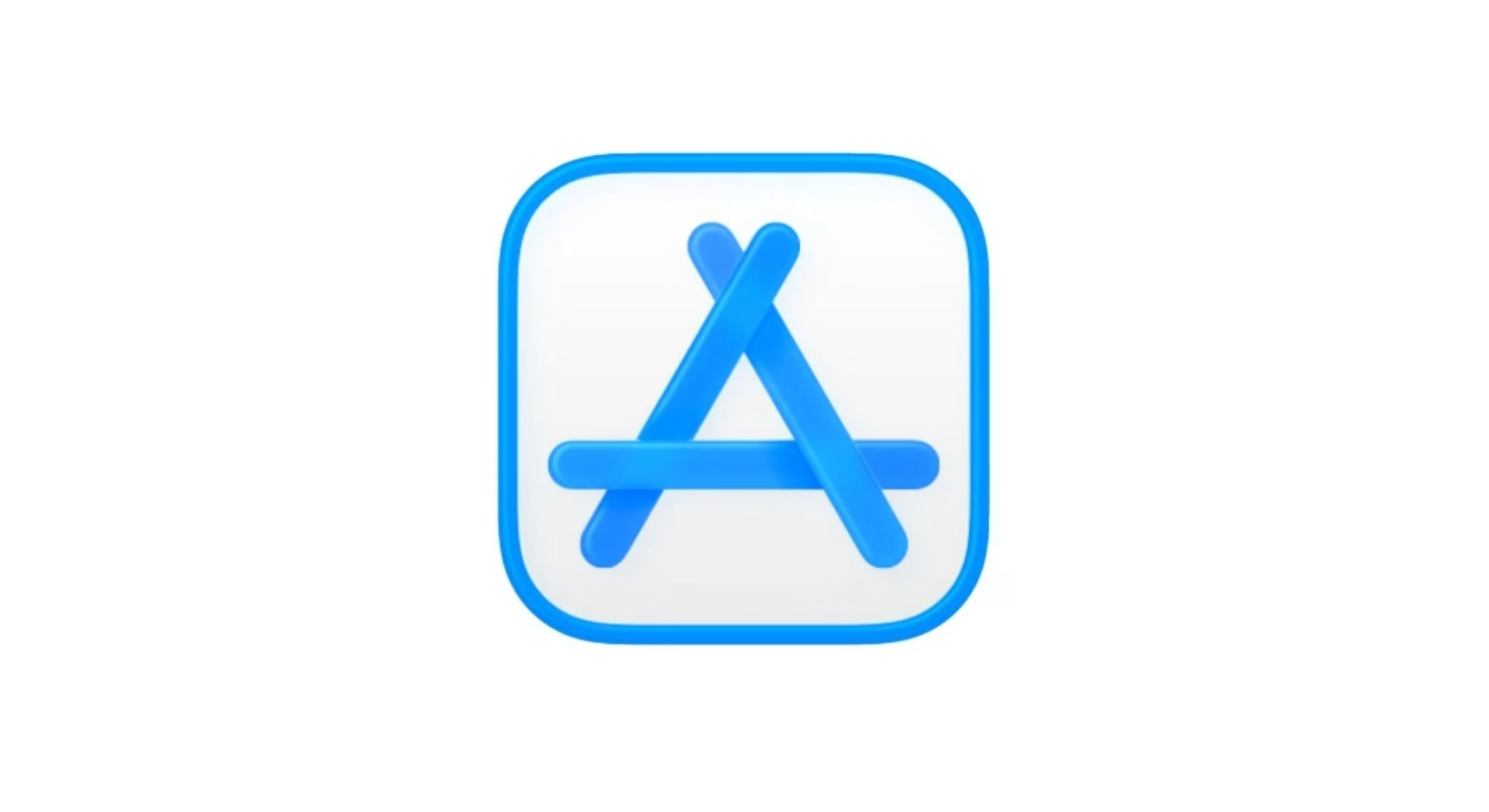Version 3.1 integrates new OS support and a refreshed visual interface for developers.

Apple has rolled out a significant update to its developer portal, App Store Connect, bringing it to version 3.1. This latest iteration is more than just a minor patch; it fully embraces the new iOS 26 operating system, introducing a refreshed icon and integrating Apple's striking Liquid Glass design language throughout the application. This move signals Apple's commitment to ensuring its developer tools remain at the forefront of its evolving software ecosystem, providing a seamless experience for those building the next generation of apps.
The update, which became available on October 1, 2025, ensures that developers are equipped with the necessary tools to fully leverage the capabilities and aesthetic advancements of iOS 26. For anyone managing app submissions, tracking performance, or engaging with user feedback, the changes in App Store Connect 3.1 are designed to streamline workflows and offer a more visually cohesive experience. It's a clear indication that Apple isn't just focusing on the end-user experience with its new OS but also on the crucial backend infrastructure that supports it.
Perhaps the most visually arresting aspect of App Store Connect 3.1 is the pervasive adoption of the Liquid Glass design. This design philosophy, which debuted with iOS 26, is characterized by its translucent elements, fluid animations, and an overall sense of depth and dimensionality. In App Store Connect, this translates to navigation bars, buttons, and various interface panels that now possess a soft, reflective quality, appearing almost as if crafted from polished glass.
This design shift isn't merely cosmetic. It aims to create a more engaging and intuitive user experience, making the often-utilitarian developer dashboard feel more integrated with the modern iOS aesthetic. The subtle glow effects and responsive animations are intended to provide clearer visual feedback during user interactions, a welcome change for developers who spend considerable time navigating the platform. It’s a bold step, moving away from the flatter designs of previous years towards something more dynamic and visually rich, mirroring the advancements seen across iOS 26 itself.
Beyond the visual overhaul, the core functionality of App Store Connect 3.1 has been significantly enhanced to provide robust support for iOS 26. This means developers can now confidently test, submit, and deploy applications that are fully optimized for Apple's latest mobile operating system. This includes ensuring compatibility with the new OS's advanced features, such as enhanced privacy controls, deeper integrations with Apple Intelligence, and the dynamic Lock Screen capabilities that have become a hallmark of iOS 26.
For developers, this timely update is crucial. It allows them to get their apps ready for the iOS 26 user base without delay, ensuring they can take advantage of new platform features and provide the best possible experience to their users. The ability to preview and test apps within an environment that accurately reflects the iOS 26 UI, complete with its Liquid Glass elements, is invaluable for fine-tuning the user interface and ensuring a polished final product. It’s a testament to Apple’s strategy of keeping its developer tools in lockstep with its consumer-facing software releases.
The developer community has generally responded positively to the App Store Connect update, with many appreciating the visual refresh and the timely integration of iOS 26 support. The Liquid Glass design, while a significant departure, is being hailed by some as a much-needed modernization, bringing the developer portal in line with the sleek aesthetic of the latest iPhones and iPads. There's a palpable excitement about how this will influence app design moving forward, encouraging a more unified look and feel across the entire Apple ecosystem.
However, as with any major design shift, there have been some initial observations. A few developers have noted that while the design is stunning in light mode, its implementation in dark mode might require further refinement to avoid feeling overwhelming. This is a common challenge with new design languages, and it’s likely that Apple will continue to iterate based on developer feedback. The promptness of this update, however, suggests a strong commitment to developer experience, and it’s expected that any necessary adjustments will be addressed in future iterations.
Looking ahead, this update to App Store Connect is more than just a software refresh. It’s a clear signal that Apple is doubling down on its design philosophy and wants its developer partners to be fully immersed in it. As iOS 26 continues its rollout and adoption, we can anticipate seeing more apps embrace the Liquid Glass aesthetic, creating a more visually cohesive and fluid experience across the App Store. This move also sets a precedent for future OS updates, suggesting that App Store Connect will continue to be a critical tool for developers to stay ahead of the curve.